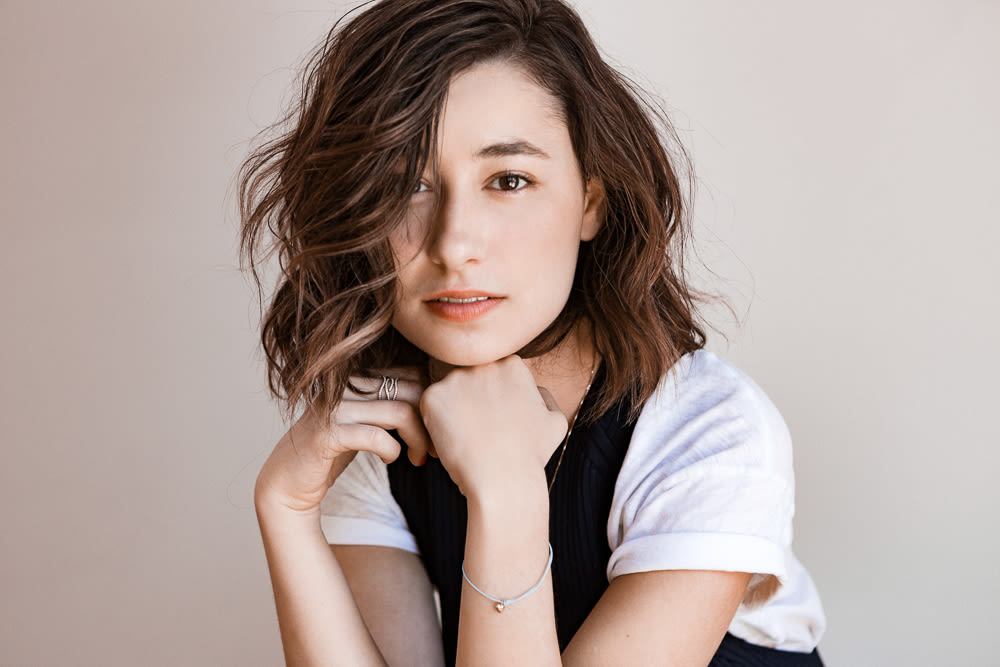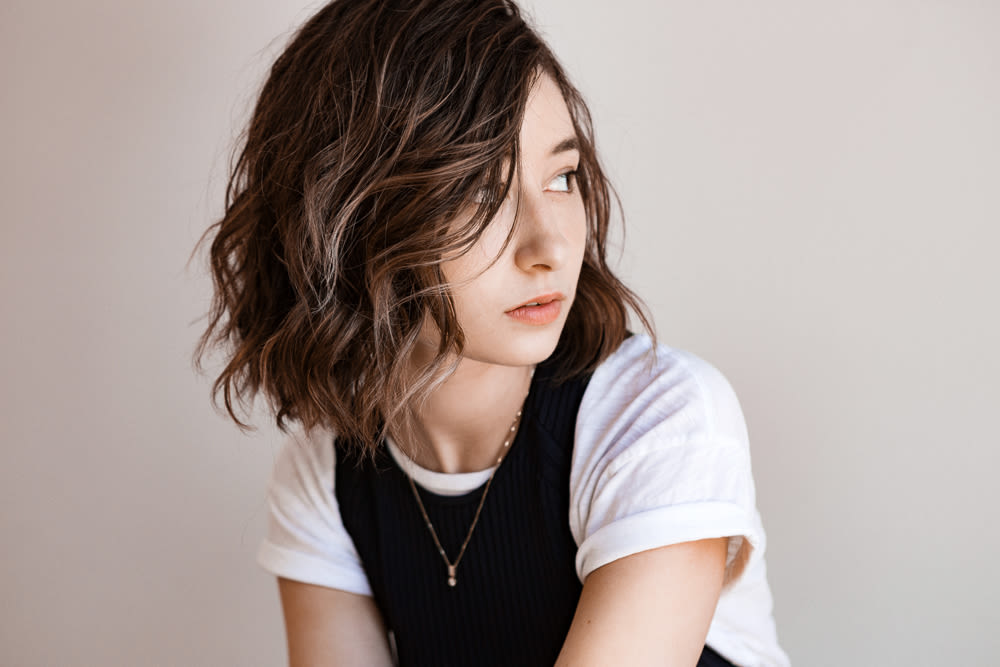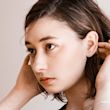For the past month or so, I’ve been the proud owner of a newly keratin’d head of hair and oh my lord, I could not tell you what took me so long to take the plunge. Really. Hair stylists have suggested it to me for the past decade and I’ve always said no, out of—I don’t know, fear? Sure, I’ve been wearing my naturally 3B, coarse, prone-to-frizz, curly hair straight pretty much non-stop for the past two and a half years. (It’s a phase, OK?) But anything more permanent than that gave me pause. Mainly because I didn’t really understand the landscape of hair treatments—sure, we've covered it in the past, but I remained unmoved. Start talking about chemical smoothing and I had visions of Japanese straighteners and toxic Brazilian blowouts...bad reference points galore.
That was until I met Joey Silvestera, chillest hair guy in the biz and owner of Blackstones. During a routine haircut, I asked him to take some weight out of my hair (what I ask at the beginning of most haircuts), and he flat out said no. “If I thin it out, it’s going to lose the weight but it's also going to expand,” he explained. That’s the thing with curly hair: It has a mind of its own. Take any of the bulk out and you’re encouraging the poof to make up the difference. “What you need is a smoothing treatment.” The keratin talk again…but with a twist. Get a keratin treatment and a whole world of haircuts could open up to me. A beauty editor’s dream.
Joey then introduced me to Pooja Shah, who is a walking billboard for how to get the best hair of your life. She’s waist deep in it and it swings behind her like she’s in a Pantene commercial. Or Living Proof, more accurately, because that’s the line she swears by. Pooja stuck her hands in my hair and started to nod—yes, this is hair she could work with. So I made a follow-up appointment and started dreaming about what my life would be like new hair.
For some background, before a month ago, I didn’t even wash my own hair. I’d gotten myself into a dangerous, vicious cycle of blowouts. I say dangerous not because of the cost or damage to my hair (limiting heat to once a week left my hair feeling fine honestly), but because I had backed myself into a corner of learned helplessness: Stop washing and styling your hair for long enough and you will actually forget how to do anything to it yourself. I am not proud of this.
Anyway, when I came back to see Pooja, she explained the routine to me: They were going to wash the crap out of my hair first—three rounds with a special clarifying shampoo. Then she was going to paint it with Keratin Complex’s Smoothing Treatment, a semipermanent treatment that lasts around five months and smells delightfully of coconut. After I marinated in that for 30 minutes, she would flatiron it into my hair, leaving me with stick-straight hair for 72 hours. While the treatment continues to work, I couldn't touch my hair, pull it into a ponytail, or style it all. Once I was on the other side, I could wash it and move on with life and my newly smooth hair.
Pooja did a great job and was a wonderful conversationalist during my four-hour salon visit. But afterwards was when the real work began. A few things of note:
-
Getting a keratin treatment is not the same thing as a crash course in blowdrying technique. I still cannot properly wield a round brush and a blowdryer at the same time and have no plans to practice or get better at this.
-
Getting a keratin treatment cannot fix a bad haircut. I’ve been growing out someone else’s mistake for close to nine months and the treatment makes it easier to hide, but the haircut is still there. With Joey’s help, all traces of that should be gone soon.
-
Most importantly, getting a keratin treatment is not the same as getting a hair transplant. Nothing will give me the floaty baby hair I’d like to have. But whatever. That’s life. Get over it.
If I could leave you with any takeaway it’s that a semipermanent keratin treatment won’t change the hair you have—mine feels the same for the most part, maybe a little softer—but it will make your hair worlds easier to manage if you blowdry/flatiron with any regularity. Right after I wash my hair, it’s still a little curly (2B instead of 3B). So if you’re looking to keep your texture intact, rest assured you can. But this texture is more like Play-Doh than it was before. If I brush it when it's 40% dry, it'll hold that straighter look without springing back.
Now for the products (obviously). Sulfate and paraben-free products are non-negotiable here. Because my treatment is semipermanent, sulfates will start to wash it out sooner than its five-month expiration date. At Pooja’s suggestion, I started using Living Proof’s Timeless Shampoo and Conditioner pairing. They’re great and free of any nasties—the shampoo suds surprisingly well and the conditioner makes hair feel better with each wash. To get the most for my money, I’m not washing more than once or twice a week though.
In terms of styling product, you can pry my bottle of Bumble and bumble Hairdresser’s Invisible Oil out of my cold dead hands. This stuff is the best. Use it on wet hair for immediate moisture and on dry hair to get that baby-soft hair feel. On my ends, which were lovingly blonded by Colleen Flaherty over at Spoke and Weal, I add a healthy amount of Christophe Robin’s Moisturizing Hair Cream, which was made with split ends in mind.
Instead of blowdrying, I’ve taken to sleeping on wet-ish hair to help it relax and then curling large sections with my GHD Curve when I wake up. Then I brush through it with my fingers to get that whole undone thing happening on my head. The entire routine takes me a record 15 minutes. That’s what I did the morning before the photos up at the top were taken. Yes, I did that hair myself. I think that’s what they call progress.
—Emily Ferber
Emily Ferber photographed by Tom Newton.
More haircut fodder for your reading pleasure—Claire has your next salon recommendation this way.










